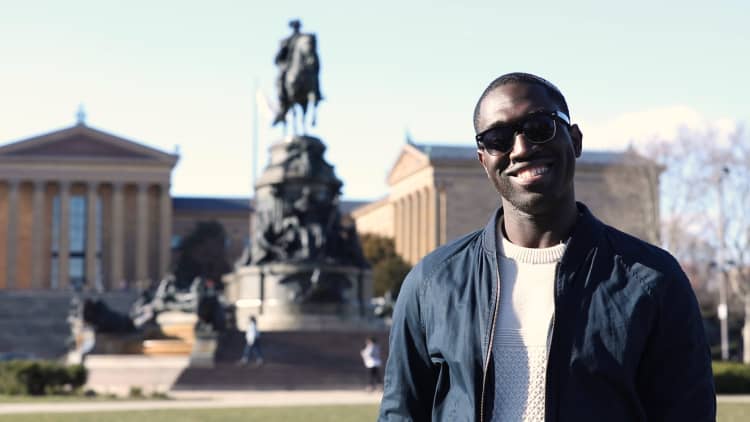This time last year, banks and fintech companies like Betterment and Wealthfront were in a high-yield savings arms race, each offering higher and higher APYs to entice savers to bank with them over a competitor.
How things change in just a few months. Some of the most popular high-yield accounts have cut their rates in half, to — or close to — 1%, compared to 2 to 2.5% in 2019. My Savings by Nationwide, which offered 1.51% earlier this week, now tops out at 1% APY. Ally Bank lowered its yield from 1.5% to 1.1%, effective June 12. American Express, Barclays and CIT Bank are all offering 1.15%. Notably, Vio Bank is offering 1.35% and Marcus by Goldman Sachs is still offering 1.3%, as of the time of publishing.
High-yield savings accounts offer variable interest rates, so they can change at any time. But given the Federal Reserve's recent decision to hold its benchmark interest rate near zero through 2022, it's unlikely they'll go back up any time soon.
Of course, a 1% yield is still better than the 0.06% national average. But it makes switching to a high-yield account a less enticing offer.
"Based on what the Fed has said and based on how deposit rates have fallen, I'm afraid we are in for a long period of very low deposit rates," writes Ken Tumin, founder of DepositAccounts.com, on the site's blog. Rates for online savings accounts have fallen much faster than they did from 2008 to 2015, when they ranged from 0.7% to 1%, he says.
For savers looking for slightly higher rates on cash in the coming months, it's possible that CDs with rates upwards of 3% might become available in 2020, Tumin writes. If you're interesting in using those, it's wise to leave cash in an accessible place in the interim, like a savings account or no-penalty CD, so it can be transferred easily.
There are also a few high-yield checking accounts still offering rates of at least 3%, Tumin writes. However, those are often offered by credit unions and typically have requirements, such as making a certain number of debit transactions each month, in order to earn the high APY.
Overall, options for earning any type of yield back on cash are becoming increasingly limited.
"The best hope for savers is that the economy does have a strong recovery in the next year," Tumin writes.
Check out: The best credit cards of 2020 could earn you over $1,000 in 5 years
Don't miss: High-yield cash management accounts are cutting their interest rates



